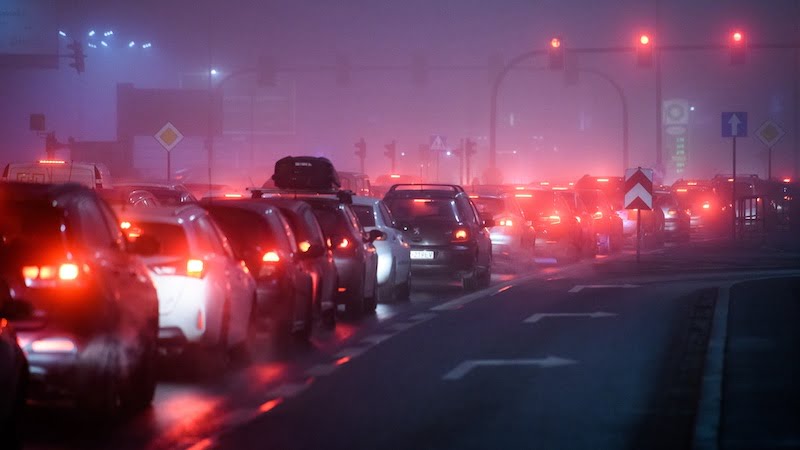
Researchers at Aston University in the US want to equip traffic lights with artificial intelligence (AI) to reduce congestion and improve traffic flow. The first tests showed positive results.
For many people, the car is indispensable. Countless cars make their way through cities and towns every day. There are numerous traffic jams. In addition to human error, there is another factor that leads to traffic jams and delays: traffic lights.
Many people are almost artificially upset about red traffic lights. This might sound familiar to some. In most cases, a bad traffic light also promotes the formation of traffic jams.
Traffic lights are designed to reduce traffic jams with the help of artificial intelligence
Previous systems are based on so-called contact loops. Sensors installed in the ground generate an electrical field and detect the traffic flowing above. Depending on whether other vehicles are coming, the traffic light switches to red or stays green for a moment.
This is to avoid that crossing road users have to wait too long. With a large volume of traffic, however, this system reaches its limits. The AI developed by the researchers relies on a learning algorithm that is supposed to recognize when the previous systems are not working smoothly.
The whole thing is also based on a reward system: if traffic is slow, the AI receives minus points, and if a car crosses the intersection, the system receives bonus points.
Computers are often more effective – both in practice and in theory
First, the researchers trained the algorithm using theoretical simulations. However, a subsequent test at a real crossing would have shown impressive results. The AI predicted high traffic levels and reacted preemptively instead of reactively.
In the next step, it is hoped that there will be several experimental setups. The researchers want to continue training the algorithm in order to one day use it in everyday life. If the tests prove positive, the system could save a few things: time, money and of course the nerves of many commuters.
Also interesting:
Source: https://www.basicthinking.de/blog/2022/06/19/ampeln-stau-reduzieren-kuenstliche-intellignez/


